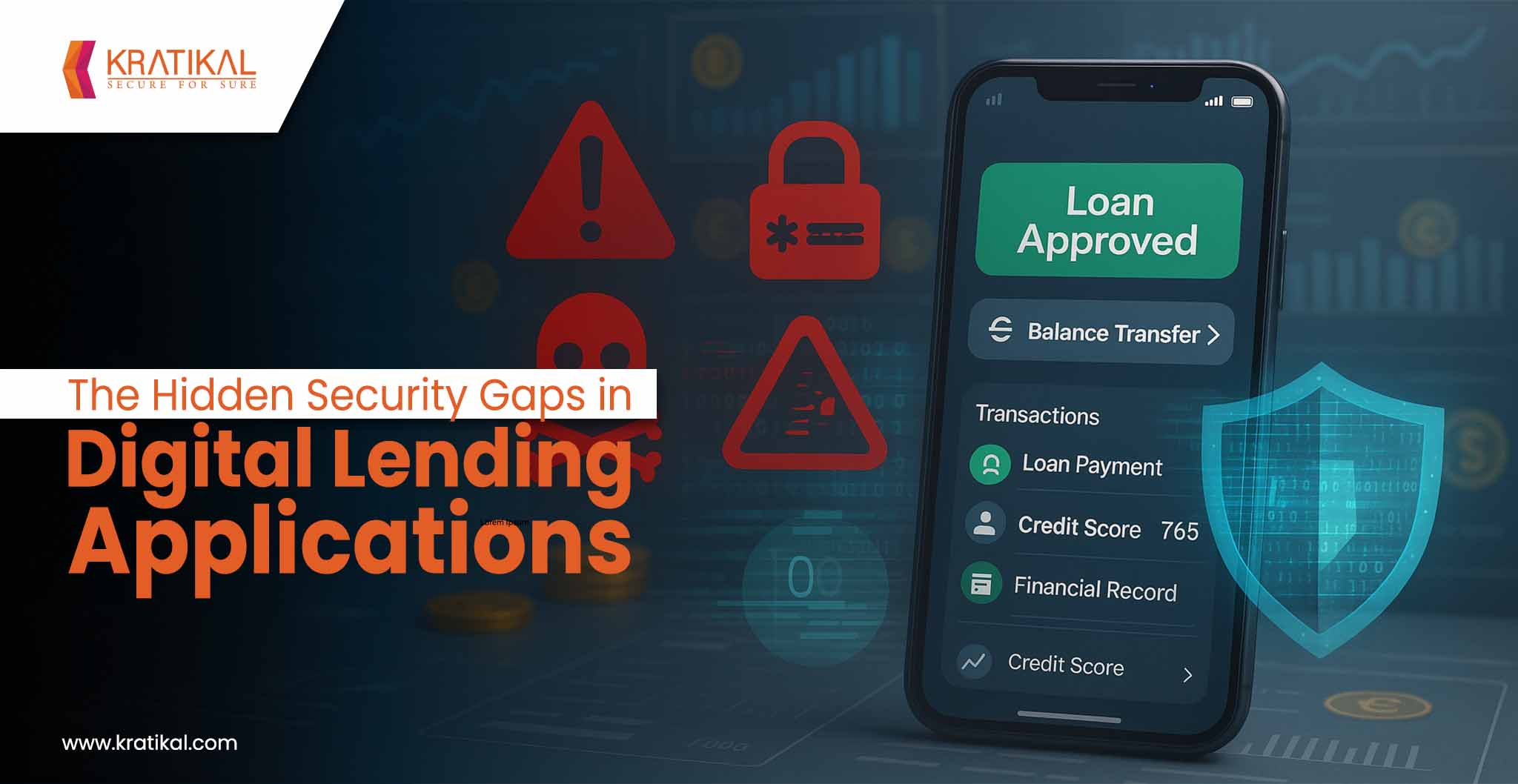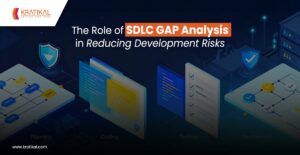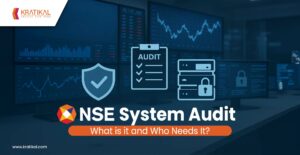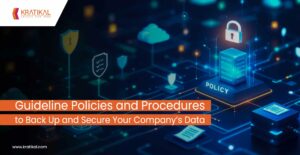Here’s a wake up call for Financial Institutions like you! Digital lending applications (DLAs) have revolutionized how Indians borrow loans. It can be now approved in minutes via a smartphone. But behind this convenience lurk hidden security gaps that could put both users and financial institutions at risk. In this post, we’ll unpack these vulnerabilities, explain the risks they pose to user data, compliance, and reputation, and highlight why DLA audits are essential in closing these gaps.
Table of Contents
Key Vulnerabilities in Digital Lending Applications
Even well-designed DLAs can have weak links. Here are some common security gaps that often go unnoticed:
Poor Data Encryption
Many digital lending platforms do not adequately encrypt sensitive data, either when it’s stored on servers or when it’s transmitted between the app and backend. Encryption means scrambling data so that it’s unreadable to unauthorized parties. If encryption is weak or absent, hackers who intercept the data can easily read personal details, financial information, or passwords.
Why it’s risky: Without strong encryption, a breach of the DLA’s systems could leak masses of sensitive customer data. This exposes borrowers to identity theft and fraud, and can trigger regulatory penalties for failing to protect data. It only takes one breach to shatter customer trust and make headlines for the wrong reasons.
Insecure APIs and Backend Systems
Digital lending apps rely on APIs to communicate between the mobile app, server, and third-party services. If these APIs are insecure, attackers can exploit them to fetch or manipulate data they shouldn’t have access to. Unfortunately, many fintech platforms have API security weaknesses. A recent study found that 84% of surveyed fintech organizations had insufficient API protections despite handling sensitive data Common issues include using simple or unchanging API keys, weak authentication tokens, or failing to limit what each API client can do.
Why it’s risky: For financial institutions, such a breach means compromised customer data, violation of data protection laws, and a blow to its reputation. Every open API endpoint needs to be secured with strong authentication, encryption, and continuous oversight or it could become the weakest link hackers target.
Inadequate Authentication Mechanisms
Another hidden gap is weak or inadequate authentication for users and administrators of the DLA. If the app’s login and verification processes aren’t robust, unauthorized persons can gain access by stealing credentials or session tokens. Some lending apps still rely on simple passwords or one-time passwords (OTPs) alone, which can be phished or intercepted. Multi-factor authentication (MFA) is often missing. Weak authentication also extends to internal access. For e.g. if admin dashboards or databases used by the lending company are protected by default or weak credentials, attackers or rogue insiders could log in and abuse the system.
Why it’s risky: Inadequate authentication can lead to unauthorized access. It can mean breaches of the entire system or fraudulent transactions going unnoticed. The fallout is not only financial loss but also regulatory non-compliance. For instance, failing to properly verify customer identity or secure accounts goes against RBI’s expected norms.
Lack of Compliance with RBI’s Digital Lending Guidelines
India’s central bank has introduced detailed Digital Lending Guidelines (and updated Directions in 2025) to ensure that lending apps operate safely, fairly, and transparently. These rules cover everything from how loans are disbursed to how data is handled. A surprising vulnerability, though not technical in nature, is when digital lenders fail to comply with these guidelines. Non-compliance often signals underlying security and privacy lapses. For example, If a DLA is not following these norms, say, it’s storing data overseas when it should be in India, or it hasn’t implemented required disclosures and consent mechanisms, that is a gap that can lead to misuse of data and legal trouble.
Why it’s risky: The immediate risk is regulatory action. RBI and government authorities have shown they will take action against digital lenders not complying with the rules. In 2023, the government banned 94 loan apps (many linked to foreign operators) due to privacy breaches, predatory practices, and money laundering concerns A platform operating outside the RBI’s framework could be forced to shut down or face hefty penalties. Moreover, lack of compliance often correlates with poor security: if you’re not following data protection rules, you’re likely not following cybersecurity best practices either. This gap can thus lead to data leaks or unfair treatment of borrowers, thus, eroding trust.
Book Your Free Cybersecurity Consultation Today!
The Importance of Regular DLA Audits
One of the best defenses against hidden vulnerabilities is to regularly audit your digital lending application. A DLA security audit is a thorough examination of the app and its supporting IT environment to identify weaknesses and ensure all security and compliance measures are in place.
Secure Code Review
Experts inspect the app’s source code to catch bugs or logic flaws that could be exploited. This includes checking that data is properly encrypted, input fields are protected against injection attacks, and no hardcoded credentials or API keys are present in the code.
API and Penetration Testing
Security professionals test the app and its APIs the way a hacker would attempting to break in. This penetration testing can reveal endpoints that lack authentication, improperly configured servers, or other entry points. It also checks the strength of authentication flows. According to best practices, organizations should conduct continuous risk assessments and security audits, including internal reviews and external pen-tests, to proactively find vulnerabilities.
Data Handling and Privacy Review
An audit will scrutinize how the app collects, uses, and stores user data. Is sensitive personal data encrypted in the database? Is your DLA over-collecting data? Do you have clear user consent records for the data you have? The audit may involve verifying that the DLA conforms to RBI’s privacy requirements. It also reviews policies: is there a privacy policy and security policy published, and are breaches handled with defined procedures?
Compliance Checklists
The DLA audit team will use checklists derived from RBI’s digital lending guidelines to ensure the app meets all mandates. This includes confirming that the app provides required disclosures, routes loan funds directly between borrower and lender bank accounts and that the lending processes follow the ethical practices regulators expect. Any gap in compliance is flagged so it can be rectified before regulators step in or before it causes harm.
Get in!
Join our weekly newsletter and stay updated
From weak encryption and API vulnerabilities to inadequate authentication and non-compliance with RBI guidelines, every gap poses a threat to customer trust, regulatory standing, and long-term growth. Regular DLA audits are the best way to uncover these weaknesses before attackers or regulators do. By making security and compliance a top priority, financial institutions can protect their borrowers, strengthen brand reputation, and stay ahead in India’s fast-evolving digital lending ecosystem. Contact Kratikal to get your DLA Audit done.
FAQs
- What are the common security risks in digital lending applications?
Digital lending applications often face risks like weak data encryption, insecure APIs, inadequate authentication mechanisms, and poor compliance with RBI guidelines.
- Why is a DLA audit important for financial institutions in India?
A Digital Lending Application (DLA) audit helps financial institutions identify hidden vulnerabilities in their lending platforms. It ensures compliance with RBI’s digital lending regulations, strengthens data security, and protects borrower privacy.
- How can financial institutions secure their digital lending apps?
Institutions can secure their DLAs by implementing strong encryption, multi-factor authentication, secure API practices, and strict data privacy controls. Regular DLA audits, combined with RBI-compliant processes, ensure that these measures remain effective against evolving cyber threats.








Leave a comment
Your email address will not be published. Required fields are marked *